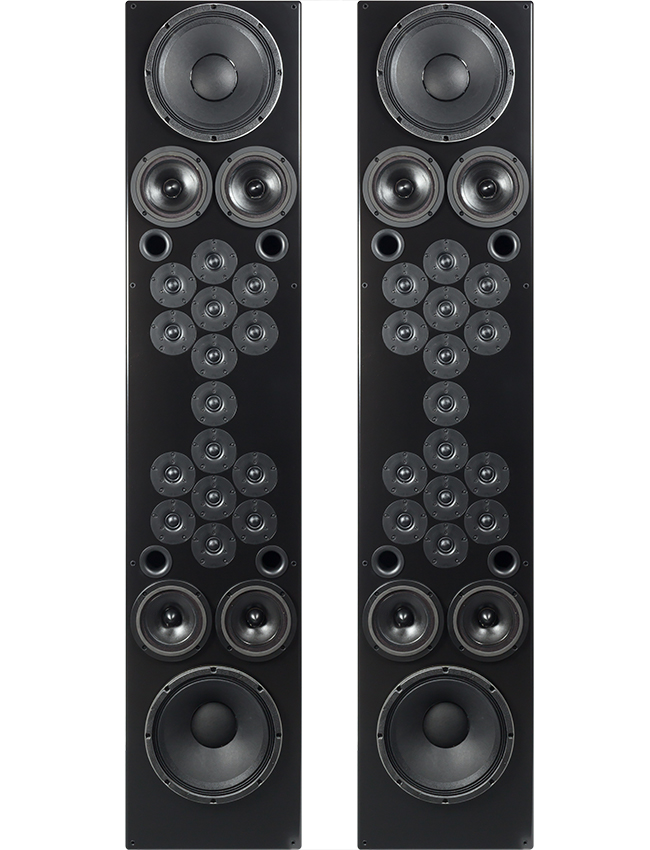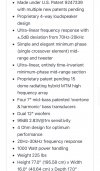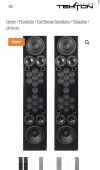tmtomh
Major Contributor
- Joined
- Aug 14, 2018
- Messages
- 3,248
- Likes
- 9,755
That is not proper analysis. If it were, I would just give you those plus minus numbers and call it done. That logic can also be easily gamed. Why not go from 20 Hz to 20 khz and then say every speaker is off by 20+ dB so they are all the same!
I give you the frequency response so that we can properly analyze the nature of the variations. This requires skill and knowledge which cannot be trivialized to a couple of numbers (hence the reason preference score can misfire). After testing so many speakers and listening to them, the most important area to get right is 200 Hz to around 6 kHz. Below that the room massively modifiers the response. You will need EQ there and with it, you can correct speaker response errors as well (to the limit of its dynamic range). Above 6 kHz, there is not a ton of energy there and variations in preference are rather small. This is why we can get a lot done with headphone testing as it is not reliable beyond 8 kHz or even lower.
From audibility point of view, broad variations are far more audible than narrow ones. So even if they score the same way as far as +- dB, there will be large differences in their fidelity.
Let's look at the two speakers you mentioned:

We have a notch right before 200 Hz and then peaks and valleys all over the place. Now look at Revel F206:

It is essentially ruler flat from 200 Hz to almost 20 khz with the exception of a small peak around 4 to 5 kHz. There is no way these two speakers would get similar preference in listening tests.
Going by preference score which takes into account the unevenness of the on-axis response, the Revel got 5.6 while Mini Lore got 3.5. That is 2 point difference which statistically is quite valid in that score.
You have just proven why I need to analyze the measurements and will continue to do so. These measurements are not trivial to analyze and many want guidance to learn them until such time that they can do their own analysis.
And remember, many of these measurements are hotlinked and looked at elsewhere. Without the notations on them, people can easily misjudge what they are showing.
Finally, we apply science of psychoacoustics to measurements. This requires analysis and thought. It is what I provide in my review as opposed to just a dump of measurements which cause the eye to glaze over and ignore.
Since this is in a new, separate thread, I think it bears repeating here that @Eric Alexander himself commented that the M-Lore is a "fun" speaker for many people and that it has "showroom" sound. Those descriptions, while subjective and in the case of "fun" rather vague, are entirely consistent with @amirm 's measurements of the speaker. This correspondence between objective measurement and the designer's own subjective description is independent of one's opinion about how good or bad the speaker is.




